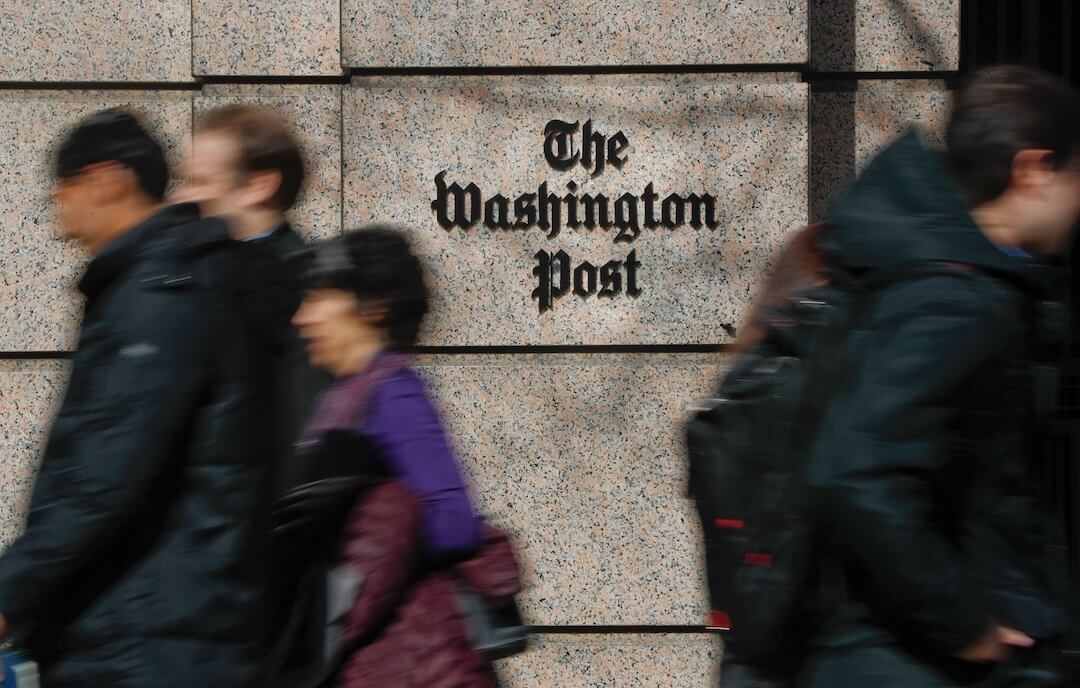Source | Washington Post
NPR news apps developer Jeremy Bowers discusses in Knight-Mozilla OpenNews’ Source the legwork that went into the Washington Post’s election predictor app.
Bowers worked with the Post’s Ezra Klein and graphics editor Emily Chow to produce the tool, which launched in April 2012 using economic data models from to predict the likelihood of President Obama being re-elected. In the essay, Bowers says the work of political science professors John Sides at George Washington University, Lynn Vavreck at UCLA, and Seth Hill at Yale (now of UC-San Diego) was integral to the process.
Bowers told Poynter via email it was their idea to check GDP change between the first and third quarters of the election year, instead of an initial idea of using polls. “That plus approval rating and whether or not an incumbent was running was the best combination of anything,” Bowers said. “There’s two ways to do this. We can either do the big math (the linear regression) for every visitor on the site. Or Seth could do it ahead of time, note the error margins, and then let us replay it.”
Our model had three key advantages. First, it drew on existing theories about how a crucial subset of voters makes up its mind, since health of the economy and presidential approval are key indicators for evaluating the performance of the incumbent party. Second, it drew on things that could be measured well in advance of the election, since using measures from right before the election would not make for a very interesting forecast. Part of our goal was to attempt our prediction well in advance of the election. Finally, it relied on a small number of factors rather than trying to identify factors that might account for every idiosyncrasy of individual elections.
Bowers said Hill “figured out that we didn’t have to do all the heavy lifting every time.” Hill’s idea of running a statistical model 1,000 times for each set of user-set parameters using comma separated values (instead of running the model through the Post’s servers for each request) proved to make a tool that was surprisingly accurate. It also proved something else:
John explained that this was an interesting conclusion that our model had illuminated: It’s really hard to unseat an incumbent president. In fact, the challenger doesn’t start winning a majority of the trials until the GDP growth declines to an incredibly stagnant 1.1% and the president’s approval rating declines to 39%. Even in that fairly bleak scenario, the challenger only won 508 of 1,000 simulations.
Bowers left the Post for NPR last October. He is a former web developer for the Tampa Bay Times, which is owned by Poynter.





